Oculus Rift headset trialled by Norwegian army
Virtual reality headgear to provide video game views for drivers and crews
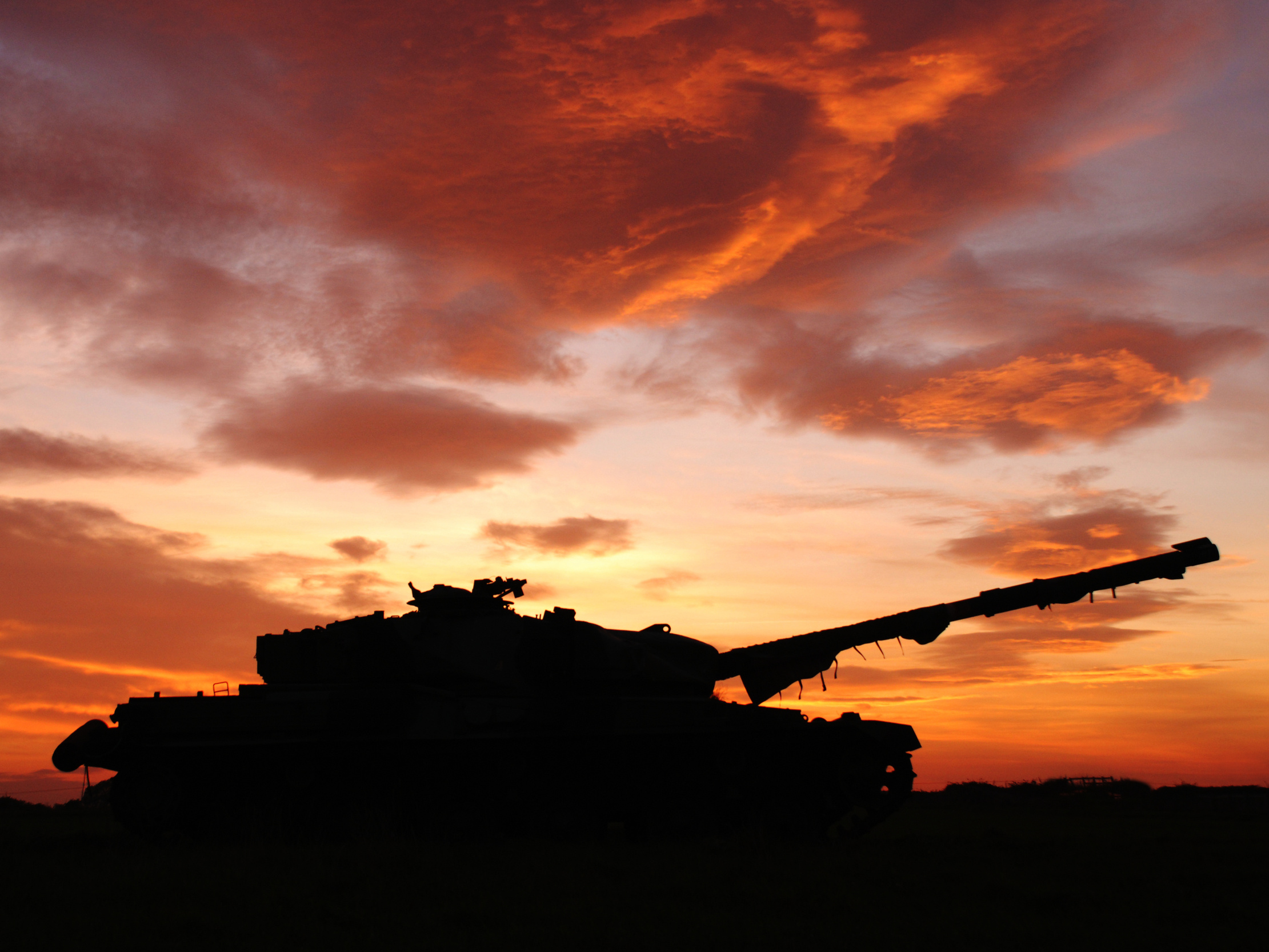
The Norwegian army is conducting trials with the Oculus Rift virtual reality headset as a way to operate its tanks without revealing the crew.
Using multiple cameras each with an 185 degree view on the sides of the battletanks, data is fed back to a computer within the armoured vehicle. The driver, wearing the Oculus, uses the feedback from the cameras to orientate the tank.
Daniel Mestervik, development manager at the firm which built the Oculus, told local TV station TU: "Those playing Battlefield' do indeed have a better view than in an actual vehicle."
"However, with our software you can add information and views you are used to from video games: an overhead map, spatial orientation, tilt and speed."
Norway's army is only testing prototypes of the system, but reportedly drivers were able to parallel park the tank with an accuracy of centimetres, all while their main hatch was closed.
"I can foresee the system will be technologically mature in maybe 2-3 years." Major Ola Odden continued.
"[However] the glasses don't yet have the necessary screen resolution to see well at a distance, and they may cause some dizziness for the driver."
Get the ITPro daily newsletter
Sign up today and you will receive a free copy of our Future Focus 2025 report - the leading guidance on AI, cybersecurity and other IT challenges as per 700+ senior executives
The cost-effectiveness of the Oculus certainly gives it an edge over other pieces of military hardware. The cameras used on the tank cost around $2,000 (1,180), while military versions would cost $100,000 (58,950). The Oculus itself is $350 (206), while the Norwegian army is charged around $35,000 (20,360) for its military-grade headgear.
Major Odden said that he was optimistic that an Oculus system or something similar would be ready to deploy in five years, especially with Facebook's takeover helping to fund development.
-
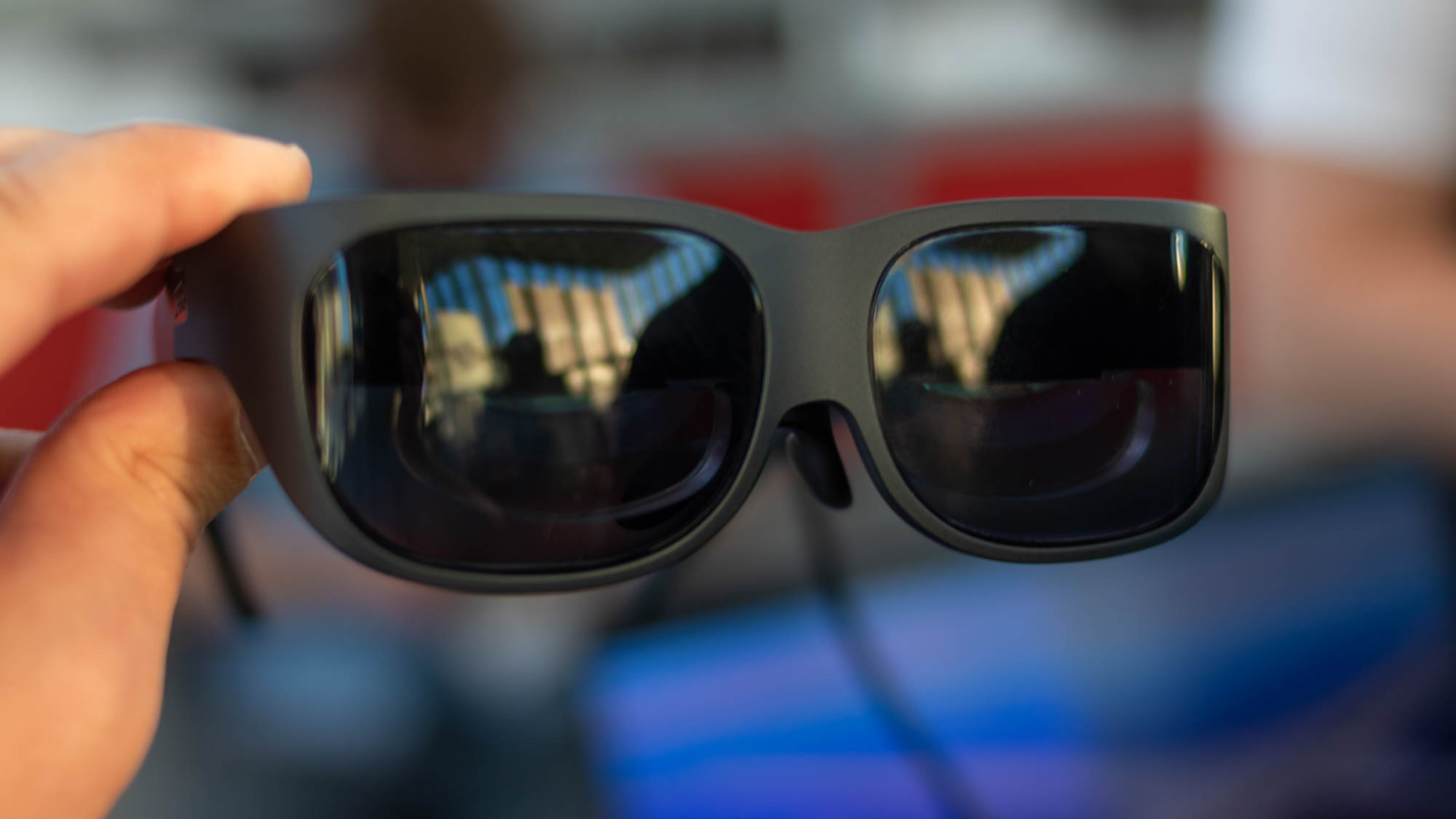 Has Lenovo found the ultimate business use case for smart glasses?
Has Lenovo found the ultimate business use case for smart glasses?Opinion Lenovo’s T1 smart glasses offer a virtual desktop that only you can see
By Bobby Hellard
-
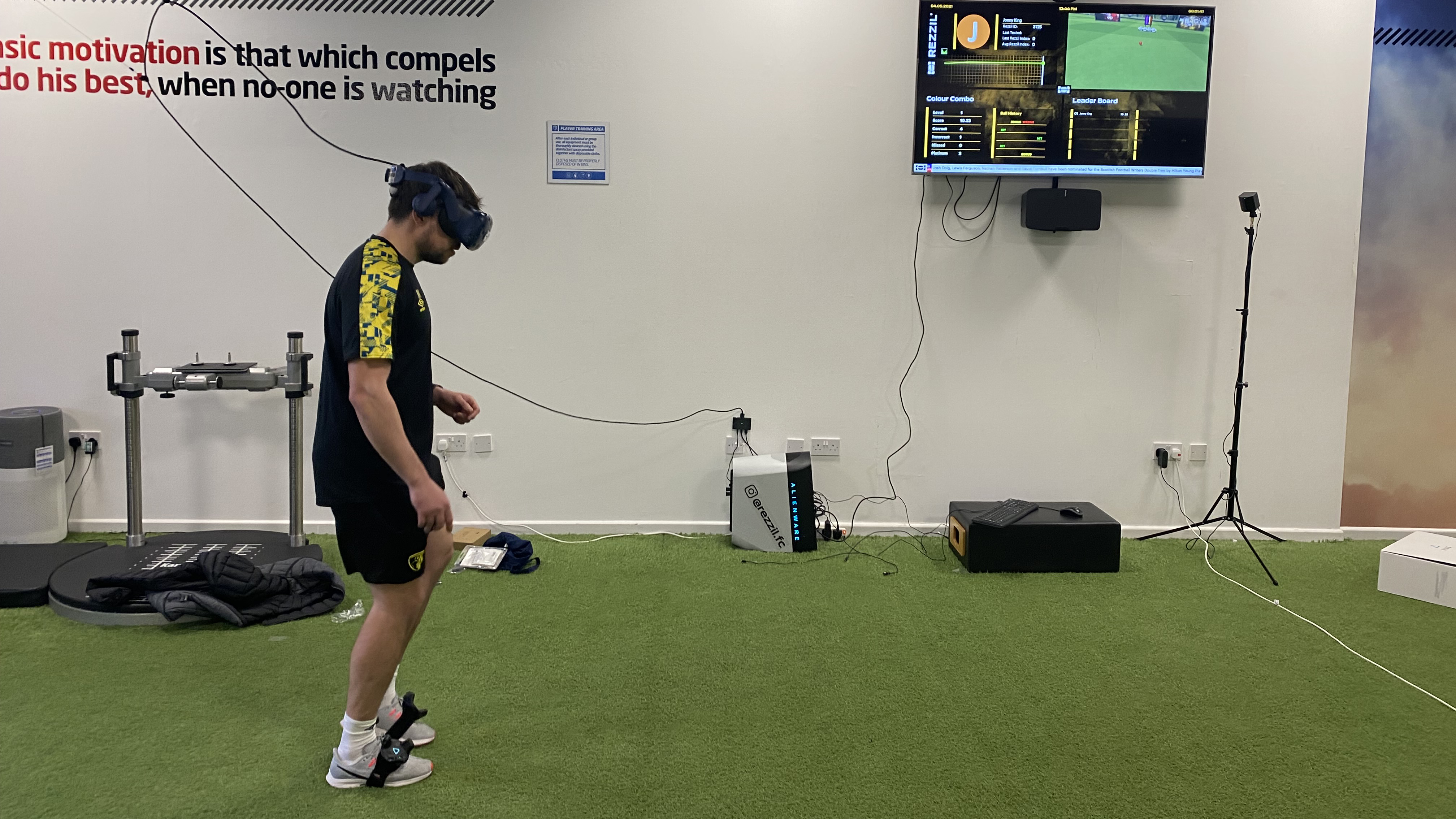 Virtual striker: Using VR to train Premier League stars
Virtual striker: Using VR to train Premier League starsCase Studies How one company is taking VR out of the boardroom and into the locker room
By Adam Shepherd
-
 NeuPath and Cynergi will bring VR therapy to chronic pain management
NeuPath and Cynergi will bring VR therapy to chronic pain managementNews NeuPath will integrate Cynergi’s VR program with its remote pain management platform
By Praharsha Anand
-
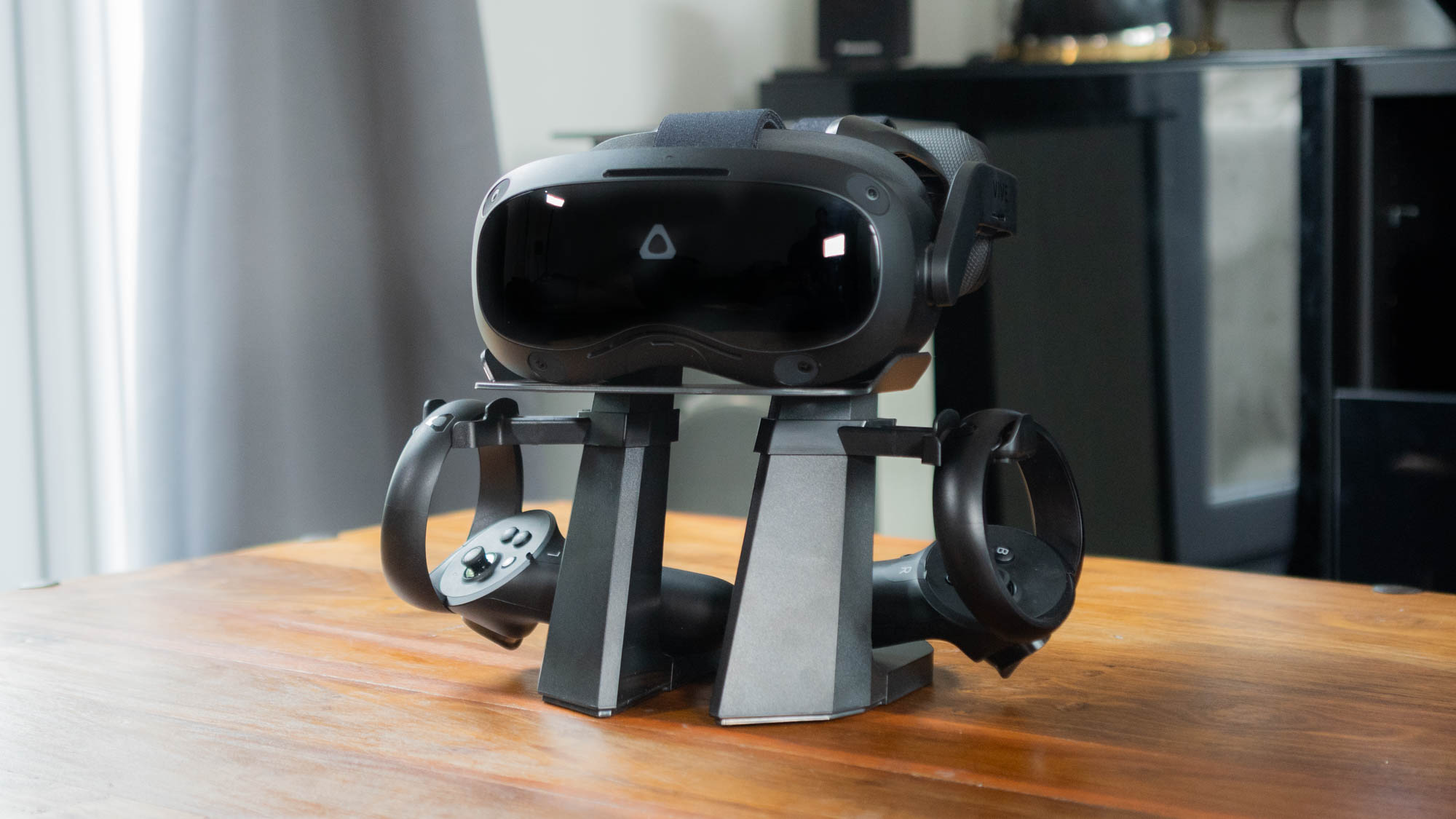
 HTC Vive Focus 3 review: The future of VR is here
HTC Vive Focus 3 review: The future of VR is hereReviews This smart and stylish headset is a leap forward for the technology
By Adam Shepherd
-
 The IT Pro Podcast: Can VR unite the hybrid workplace?
The IT Pro Podcast: Can VR unite the hybrid workplace?IT Pro Podcast How one company is using virtual reality to bring its staff together
By IT Pro
-
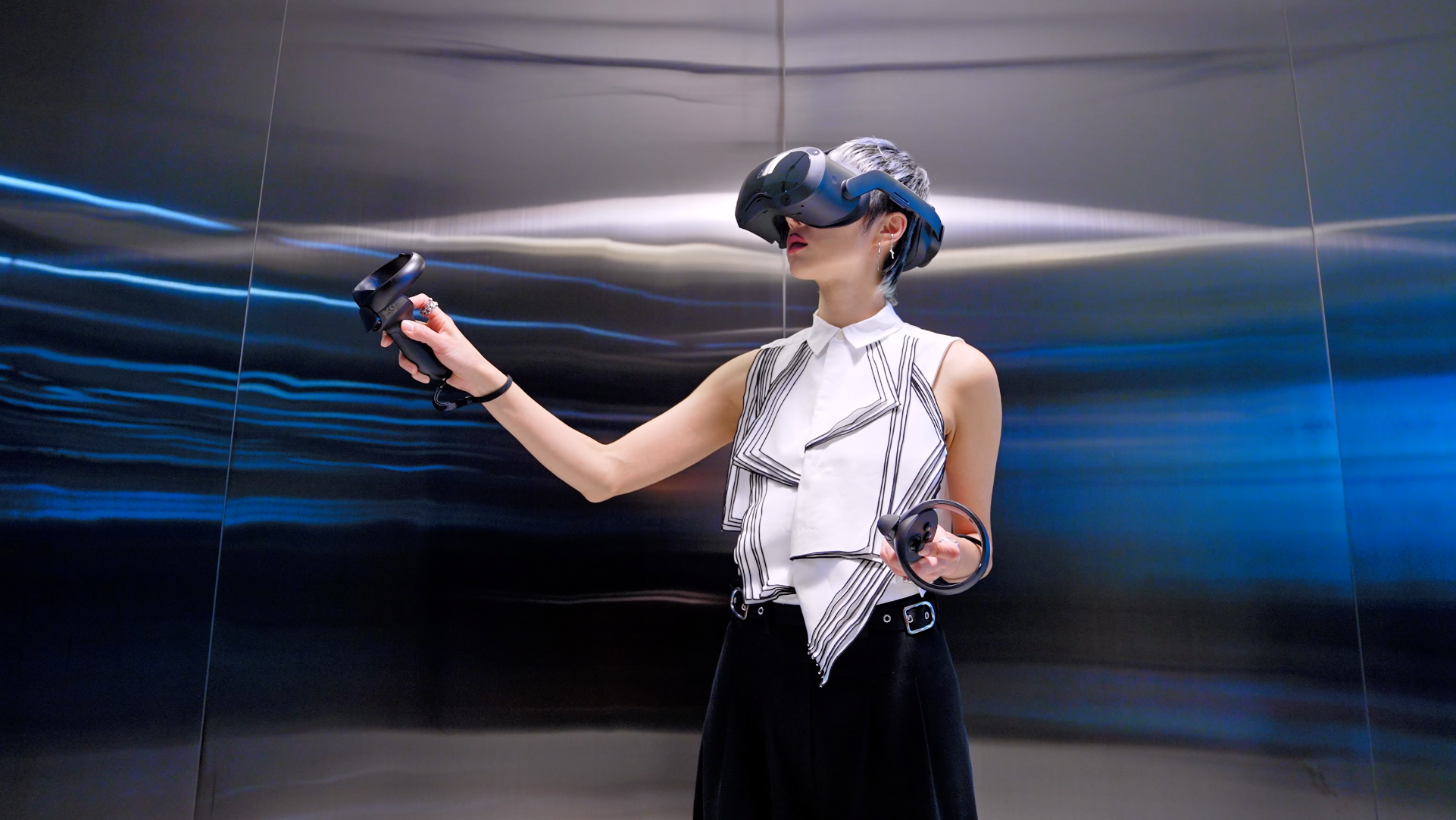 HTC launches new business-focused VR headsets
HTC launches new business-focused VR headsetsNews Vive Pro 2 and Vive Focus 3 include 5K resolution, larger field of view, and business management tools
By Adam Shepherd
-
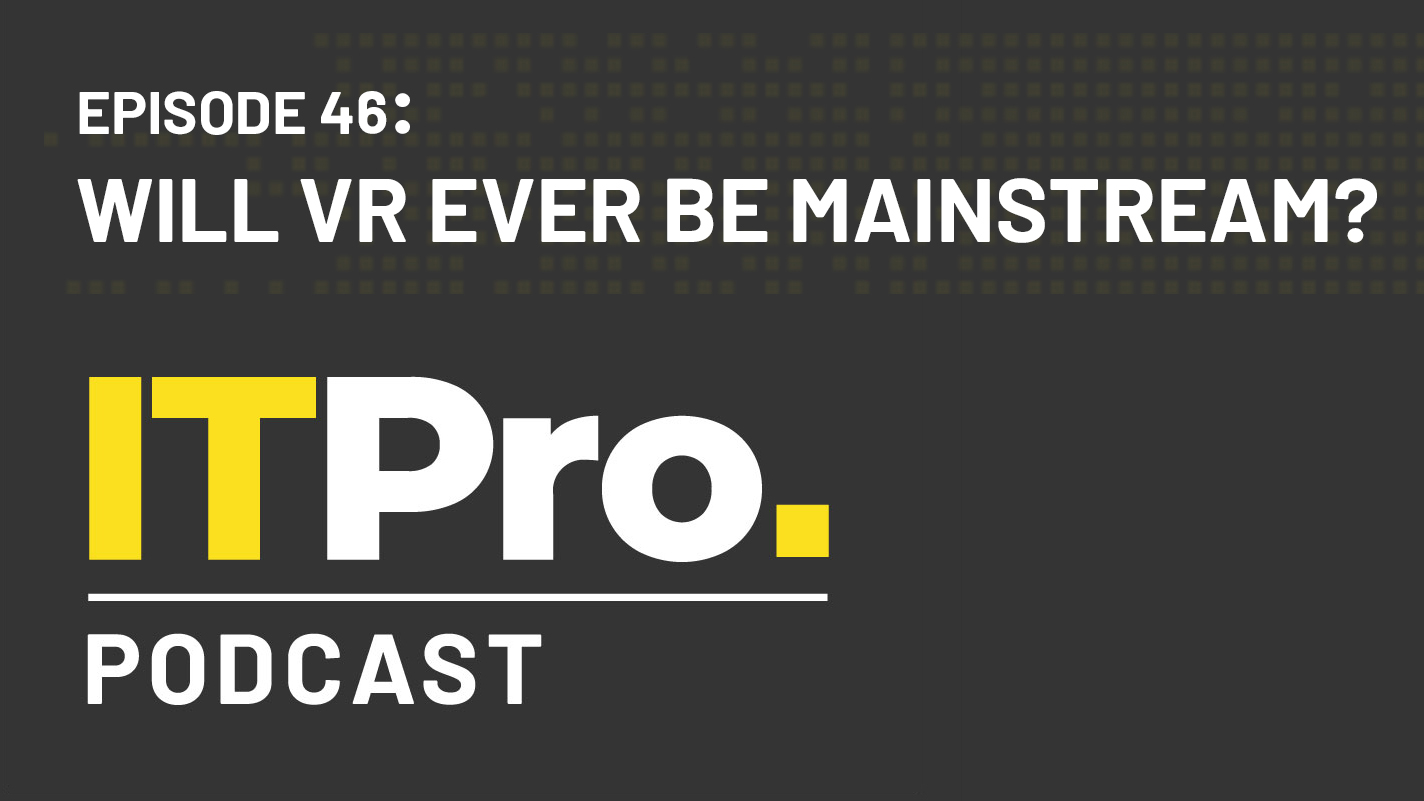 The IT Pro Podcast: Will VR ever be mainstream?
The IT Pro Podcast: Will VR ever be mainstream?IT Pro Podcast Despite years of development, VR is still a niche technology
By IT Pro
-
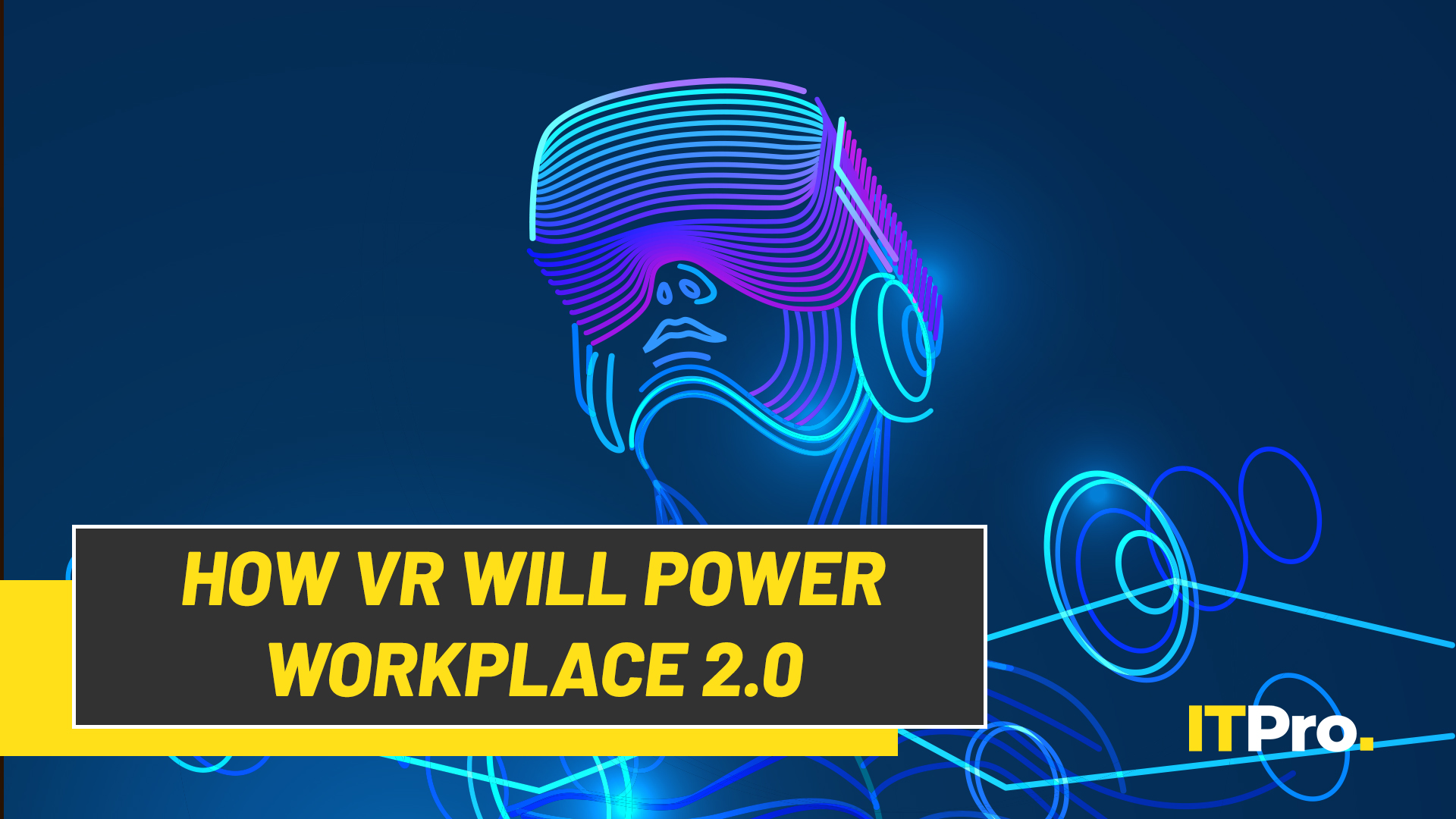 IT Pro Live: How virtual reality will power Workplace 2.0
IT Pro Live: How virtual reality will power Workplace 2.0Video The office of the future might not be a physical office at all
By IT Pro

